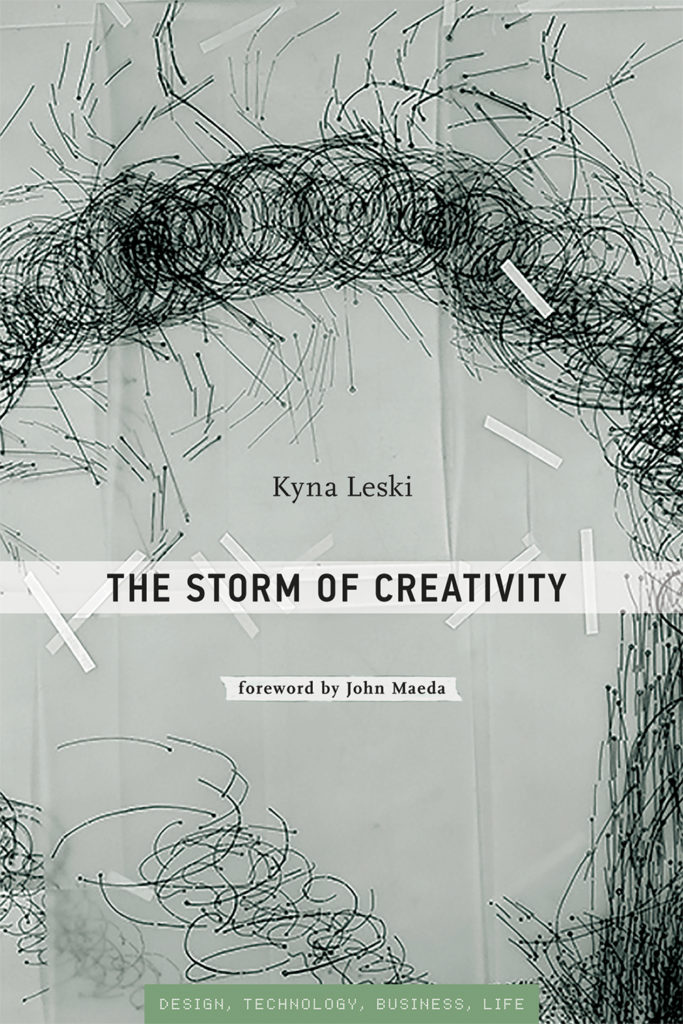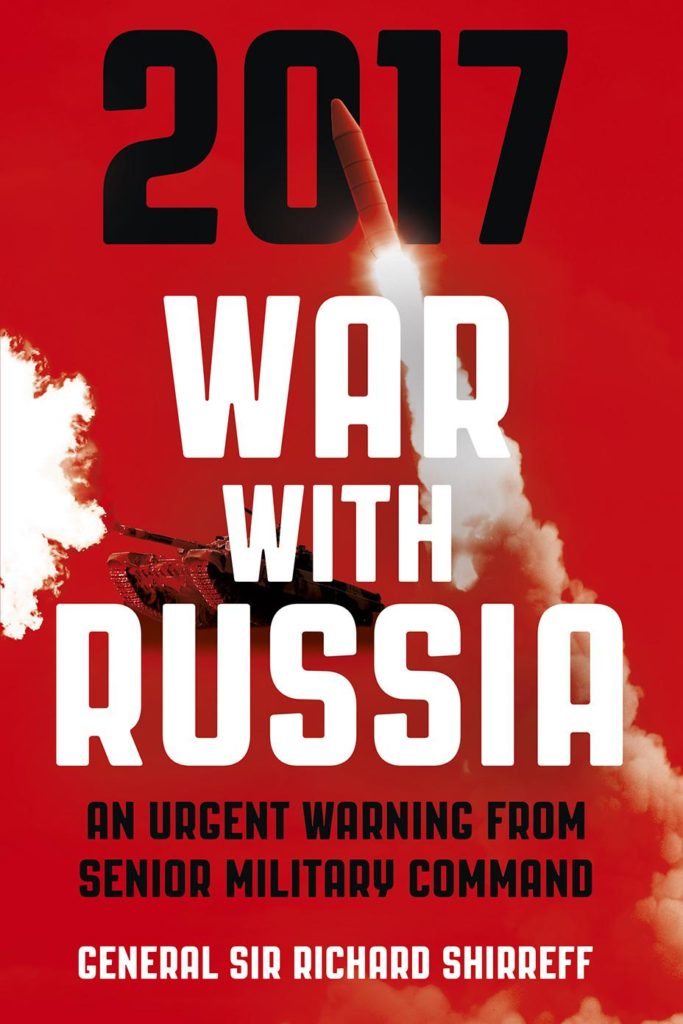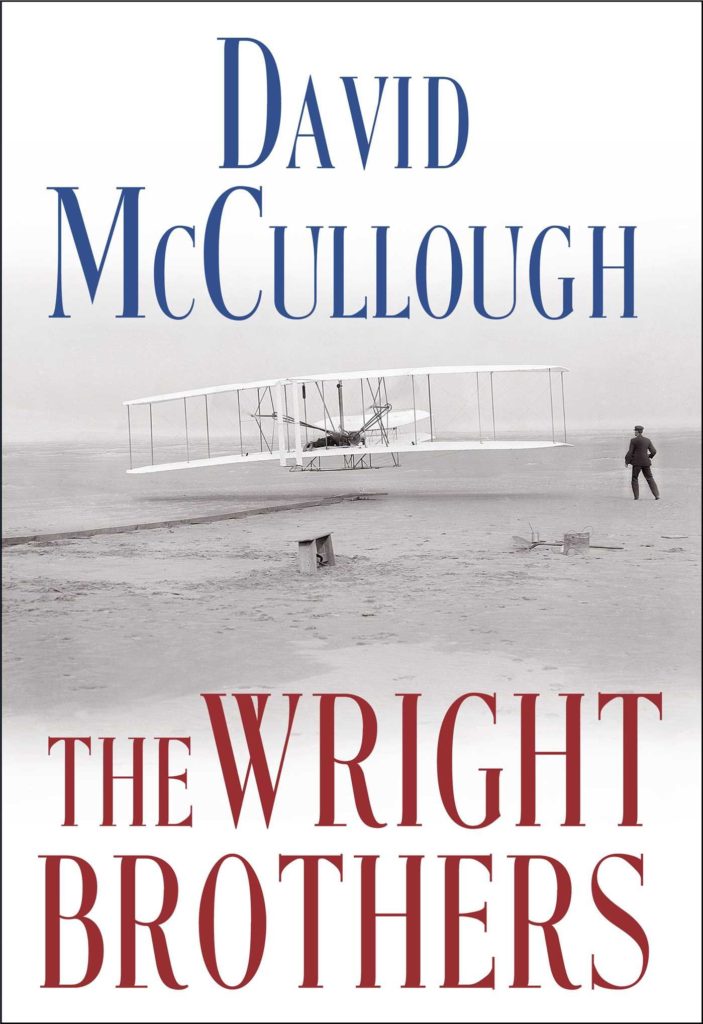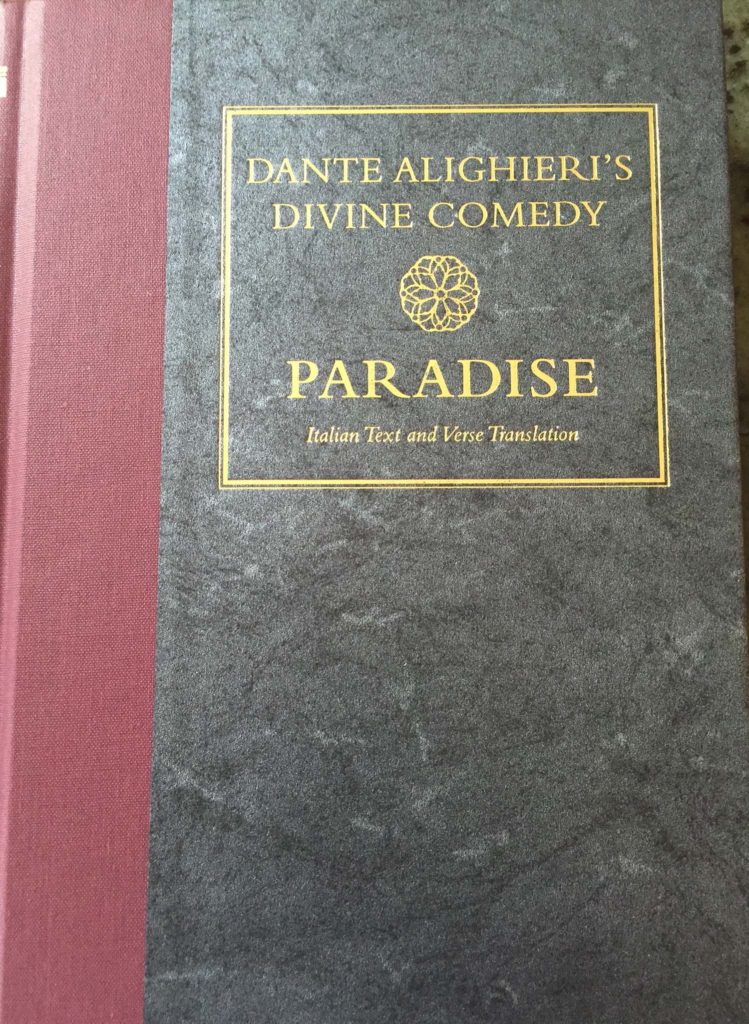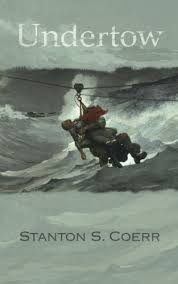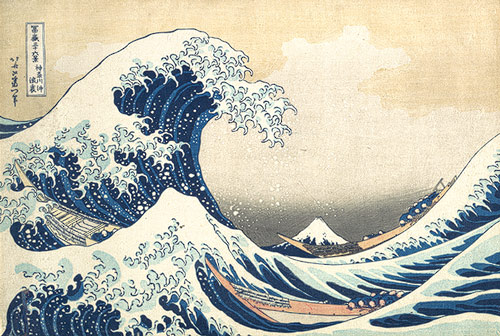[by Mark Safranski, a.k.a. “zen“]

We at ZP would like to thank Colonel Stan Coerr for his permission to reprint this essay, written on the eve of his retirement last July, after a quarter century of of military service in the Marine Corps Reserve and on active duty.
Stan Coerr is the author of Rubicon: the Poetry of War and is a retired Colonel in the Marine Corps Reserve and works in the federal civil service. He holds degrees from Duke, Harvard and the Naval War College, has been a fellow at MIT and Stanford, and was recently accepted to begin work on a doctorate at Oxford. He is finishing a book on his time in Iraq, and his next book will be on the life and work of Dr. Bernard Fall.
The U.S. Marines, America’s Forever Tribe
by Stan Coerr
Today is my last day in the uniform of the United States Marines.
I write this not as a farewell. Rather, this is a reflection on this tribe of which I am a part, and which is inside me forever.
What I remember of twenty- five years inside this brotherhood are vignettes: stories that indicate who we are and why we devote our lives to an organization such as this.
Some happened to me; others I read or saw. All describe who we are as Marines.
——————
What everyone looking in from the outside must realize is that Marines are instant brothers, no matter the situation, no matter whether they have met before that moment.
The Marines are a tribe.
We have our own language, culture, mores and idiomatic shorthand communication.
We have our own distinctive clothing. We cut our hair in a distinctive way.
We paint our bodies with unique tribal markings.
We undergo rites of passage to turn boys into men, the men we need to further the greater good of us all.
We hand down legends of those who went before, who fell in battle, who did great and heroic things.
We sing songs to celebrate them; we memorize what they did.
——————-
We listen to the wisdom of the tribal elders, and we turn to them for decisions and guidance.
Ken Schwenke and Mike Dossett are 180 degrees out from one another in style, but those of us fortunate enough to be Marine Options at NROTC Duke, a team forty strong in the mid to late 1980s, to this day benefit from the nurturing and guidance and demanding perfection of those two men.
Bob Dobson was an exceptional battalion commander, a very deep thinker and a man who knew how to train Marines.
I was fortunate to work beneath the finest general officers the Marine Corps can produce. I worked for George Trautman when he was both a Lieutenant Colonel and a Lieutenant General, and his relentless, driving intellect and fearsome demand for detail, analysis and good decisions sharpened me in ways I am still discovering.
I was lucky enough to serve beneath Generals Mattis, Conway and Dunford, in both peace and war, and from when they were Colonels to their positions as four-star generals.
The nation is fortunate that men such as these have set us on the course we follow today.
————————
The Marine Corps is people, and it is stories.
——————-
I am marching a platoon down the streets of New Orleans during the Mardi Gras parades in 1989, as leader of the drill team.
I was to the side of the team as they marched, so I was right next to the screaming crowds. Tens of thousands of people lined the streets, screaming and shrieking and cheering.
Marine options in college wear navy uniforms but Marine Corps eagle, globe and anchor insignia.
As we marched through the throngs, one man in the crowd, right next to me, saw my EGA and said simply, in a conversational voice and just to me:
“Get it, Marines.”
Never saw him, never spoke to him.
A brother.
——————–
I check in to Bob Dobson’s rifle battalion in Twentynine Palms, California in 1994.
Then-Colonel Jim Mattis, the Seventh Marines regimental commander, called for me to come see him. I was not only just a brand-new Captain, but I was an aviator in an infantry regiment: I was not a key player.
Colonel Mattis took his phone off the hook, closed his office door and spent over an hour, just with me, telling me his warfighting philosophy, vision, goals and expectations. He told me how he saw us fighting – and where – and how he was getting us ready to do just that.
America knows him as the caricature: Mad Dog Mattis. Those of us who served with him know that he is a gifted, caring, warfighting general, and the finest of tribal elders.
——————
I am watching a film clip from Vietnam.
Jack Laurence of CBS News, a very talented TV reporter and author of the magnificent memoir The Cat From Hue, was out in the jungle with a Marine rifle company.
Somehow a Marine from another unit was separated from his brothers, and this company had found him.
Laurence rolls tape, and approaches the company commander. This man is wearing filthy utilities. He is exhausted and thirty pounds underweight, with a cigarette hanging from the corner of his mouth. A man with things to do and the weight of hundreds of lives on his shoulders. A hard, intense man.
Laurence talks about the lost Marine, and asks: “Will you take care of this man?”
The Captain stares at Laurence as if he is insane, and says, as if it should be obvious: “He’s a Marine.”
Laurence: “What?”
Captain: “He’s a Marine. I’ll take care of him.”
—————–
I am with Paddy Gough in a Cobra over 29 Palms in December 1992.
We are at one hundred feet, flying back from a mission. It is bitter cold on the desert floor, below freezing, and a dark, ugly cloud layer sits low on the sand.
A line of exhausted Marines below us is marching back to their camp after a week of training. They string out like ants, hundreds of them in the cold. They are bent under their equipment: heavy weapons, mortar tubes, ammunition, packs, helmets, flak jackets.
We fly in silence, watching them, until Paddy comes up on the intercom with me, and says quietly:
“This country does not know how lucky we are to have such men.”
—————–
I am a seven-year-old boy, and my father is putting me to sleep.
I am sleeping in a Marine Corps-issue jungle hammock, which of course to a boy is the coolest thing ever.
I need something to read, so he disappears into the study and returns.
He hands me a book I read cover to cover and which I am holding right now: the 1962 Guidebook for Marines.
—————-
I am giving a speech in El Cajon, California in July 2003.
I was one of the first people back from the invasion of Iraq, and I was therefore much in demand from local groups who wanted to hear about this campaign in Mesopotamia.
I was outdoors at a Fourth of July street festival, speaking to a crowd of several hundred people and telling them how magnificent our fighting force was, and what I had seen.
I told these people that their Marines were in the fight in the desert, winning, doing it right for the people back home, representing the best of who we are as a nation.
Standing far to the back of the crowd was a motorcycle gang. Huge, hairy guys, dozens of them, in beards and bandannas and wraparound sunglasses and leather and boots, leaning on their Harleys.
As I came off the stage, they came to me as a group. The first of them grabbed me and I now saw the EGA sewn onto his vest, right next to his Vietnam campaign patch.
He embraced me, tight, and said:
“Right on, brother. Right on.”
——————————–
Karl Marlantes was in the best position imaginable in 1967.
He was on a Rhodes Scholarship, comfortable in Oxford, immune from the Vietnam War and the vagaries of the draft. He was immersed in the world’s premier academic institution on a full ride, the goal of every serious college student.
But Marlantes had been to Marine Corps Officer Candidates School in 1964. He had been inducted into the tribe. And his brothers were at war. He says:
“I couldn’t go to a party without thinking of my Marine friends, terrified in the jungle while I was hanging onto my girlfriend’s warm body with one arm and holding a pint of bitter in the other. The one choice my conscience would not allow was to sit it out in college.
I pulled all my scholarship money from the bank…and Second Lieutenant Karl Marlantes USMCR reported for active duty. “
—————————–
Or from Phillip Caputo in 1961:
“I wanted to find in a commonplace world a chance to live heroically.
Having known nothing but security, comfort and peace, I hungered for danger, challenges and violence.
The Marine Corps was more than a branch of the armed services. It was a society unto itself, demanding total commitment to its doctrines and values. We were novitiates, and the rigorous training , administered by the high priests called drill instructors, was to be our ordeal of initiation.
At the end of the course, the DIs honored our survival by informing us that we had earned the right to be called Marines.”
—————-
I earned that right, as did many of you. As did millions before us, and the millions to follow.
I feel no sadness about taking off the uniform for the last time. The Marine Corps does not care about me….nor should it. The organization will always be there, and it will always hone and harden the finest our country has to offer.
I was only one of many…but at the same time, I was one of the few.
The Marine Corps serves the nation, and those of us who are called serve the Marine Corps.
We serve the unit.
We serve the tribe.
Most of all, we serve our brothers.
Semper Fidelis.

